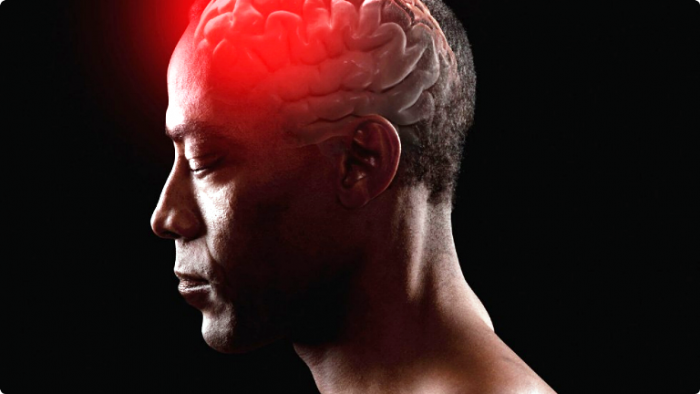Strokes affects nearly 800,000 people ever year! Strokes are the #1 cause of disability in the United States. It also is the 5th leading cause of death among men and the 3rd leading cause of death among women. When you or a loved one suffers from a stroke, people’s lives change dramatically. Knowing what a stroke is, what to do when it happens, and how to prevent it can help prepare you for this eventuality.
What is a stroke?
A stroke is when the circulation of blood in your brain is not right, either because a blood clot is blocking a blood vessel or a blood vessel bursts. A blood clot can form when cholesterol or sugar build up in your blood vessels over time. Clots also can form in the heart when it does not beat regularly, namely in a condition called atrial fibrillation. Blood vessels burst usually due to high blood pressure. When a stroke happens, the brain cannot get the oxygen and nutrients it needs to survive. Part of the brain dies and will never grow back. Depending on what part of the brain is affected, people can become paralyzed, numb, cannot speak, or cannot see for the rest of their lives.
What to do if you, or someone you know, is having a stroke?
The first thing that is very important is knowing the signs of a stroke. Time is critical when someone is having a stroke. A stroke is an emergency! Use the F.A.S.T. acronym to help you recognize if you or someone you know is having a stroke. Depending on the type of stroke, there are some medications and interventions that can help if they are given early on. Time matters! Don’t delay in calling 9-1-1 if you see or experience these signs:
F – A droopy Face. Ask the person to smile. Does one side droop down?
A – Arm weakness. Ask the person to raise his/her arms. Do both arms go up and stay up?
S – Slurred Speech. Does s/he sound slurred and funny when they talk?
T – Time to call 9-1-1 if s/he has any of those signs!
These are all worrisome signs of a stroke and anyone with these symptoms should be evaluated by a paramedic by calling 9-1-1. Do not drive, take the bus, or have your family or friend take you when you suspect a stroke! Call 9-1-1. Otherwise, the person suspected of a stroke might end up at the wrong kind of hospital or arrive too late to receive treatment.
What are some risk factors for stroke?
There are many things that can increase the risk of stroke. Some we can change and some we cannot. Things that we cannot change are age, race, family history, and gender. For example, African Americans have been found to have an increased risk of stroke compared to non-African Americans, as much as one and a half times the risk compared to Caucasians. While part of this disparity could be due to genetic makeup, there is a lot that we can do to help lower this high risk of stroke. Hypertension, diabetes, high cholesterol, and depression are examples of stroke risk factors that we can do something about. This is especially true for African Americans, as there is higher prevalence of stroke risk factors among African Americans. Seven out of every ten Black adults have hypertension compared to only five out of every ten White adults. This disparity is greater among African American women in their mid 40s and early 50s. They are almost twice as likely to have hypertension compared to White women of the same age! This disparity is also found in diabetes. The risk of diabetes is one and a half to two times higher in Blacks than in Whites.
What can you do prevent a stroke?
Take charge of your health by eating a healthy diet that is low in salt, sugar, and fat to reduce your risk of high blood pressure, diabetes, and high cholesterol. High blood pressure generally goes up with age, and this is even more notable among women. Most women over the age of 60 have high blood pressure. If we are able to control high blood pressure, the risk of stroke can be cut by a third! So, know your blood pressure, and follow up closely with your primary care physician. Also, start exercising 30 to 40 minutes a day, five days per week. Stop smoking! Because depression is associated with an increased risk of stroke, being open to being evaluated by a therapist and receiving treatment for depression will help reduce that risk.





